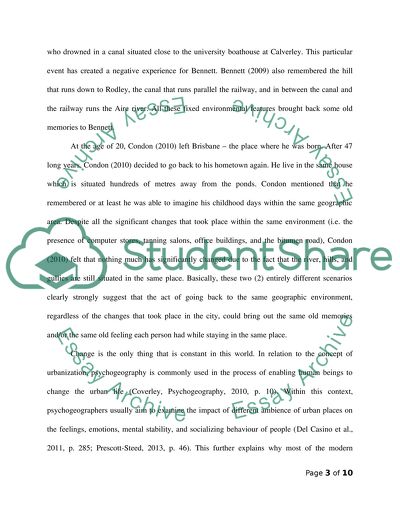Cite this document
(“Psychogeography Essay Example | Topics and Well Written Essays - 2000 words”, n.d.)
Retrieved from https://studentshare.org/journalism-communication/1487947-psychogeography
Retrieved from https://studentshare.org/journalism-communication/1487947-psychogeography
(Psychogeography Essay Example | Topics and Well Written Essays - 2000 Words)
https://studentshare.org/journalism-communication/1487947-psychogeography.
https://studentshare.org/journalism-communication/1487947-psychogeography.
“Psychogeography Essay Example | Topics and Well Written Essays - 2000 Words”, n.d. https://studentshare.org/journalism-communication/1487947-psychogeography.


